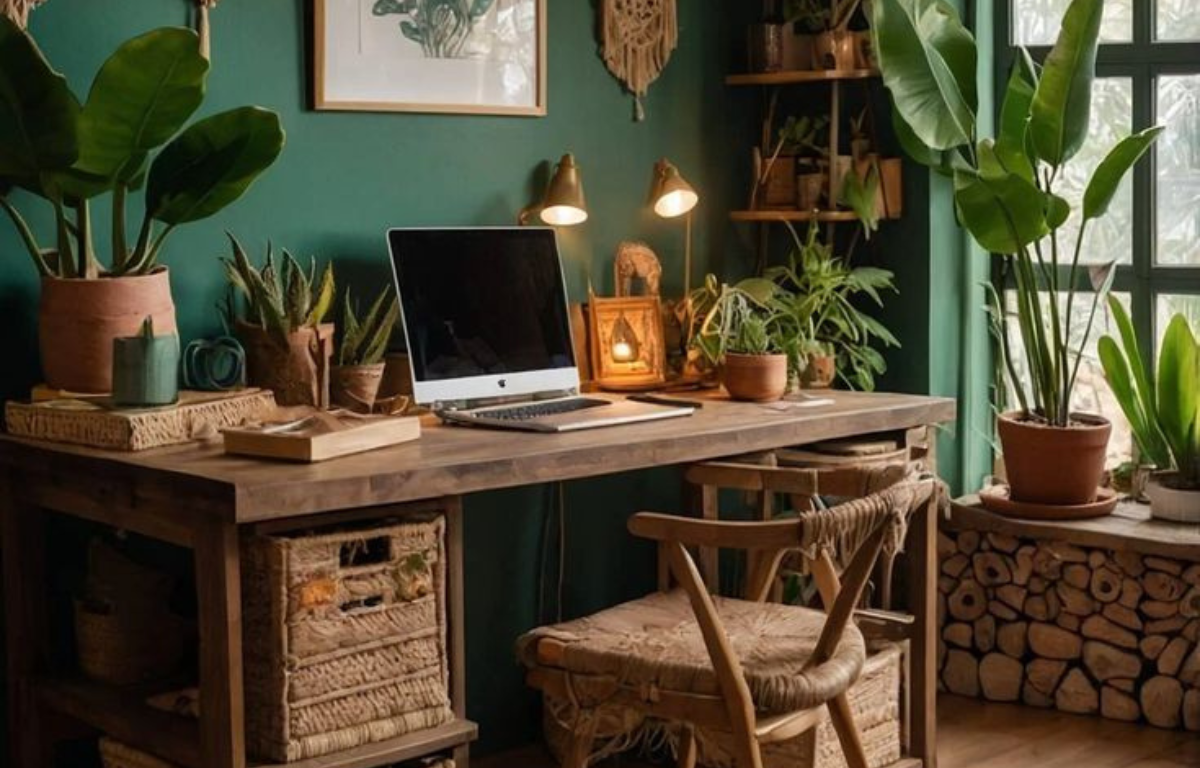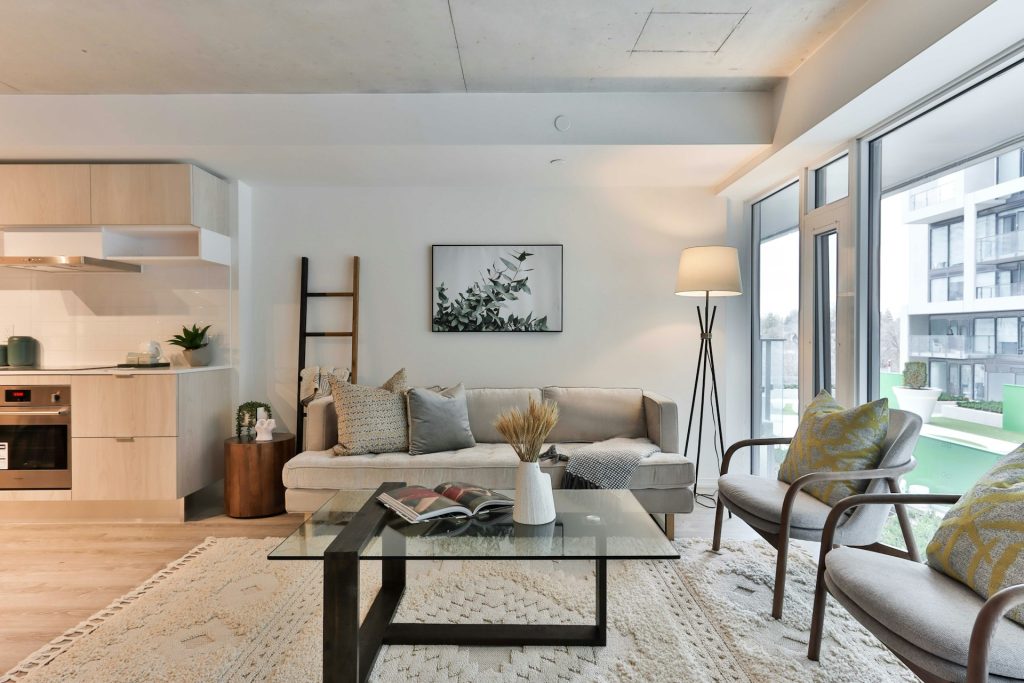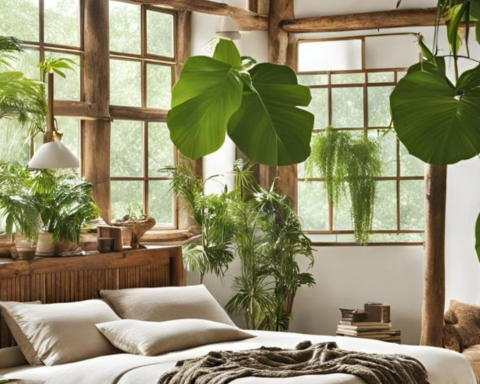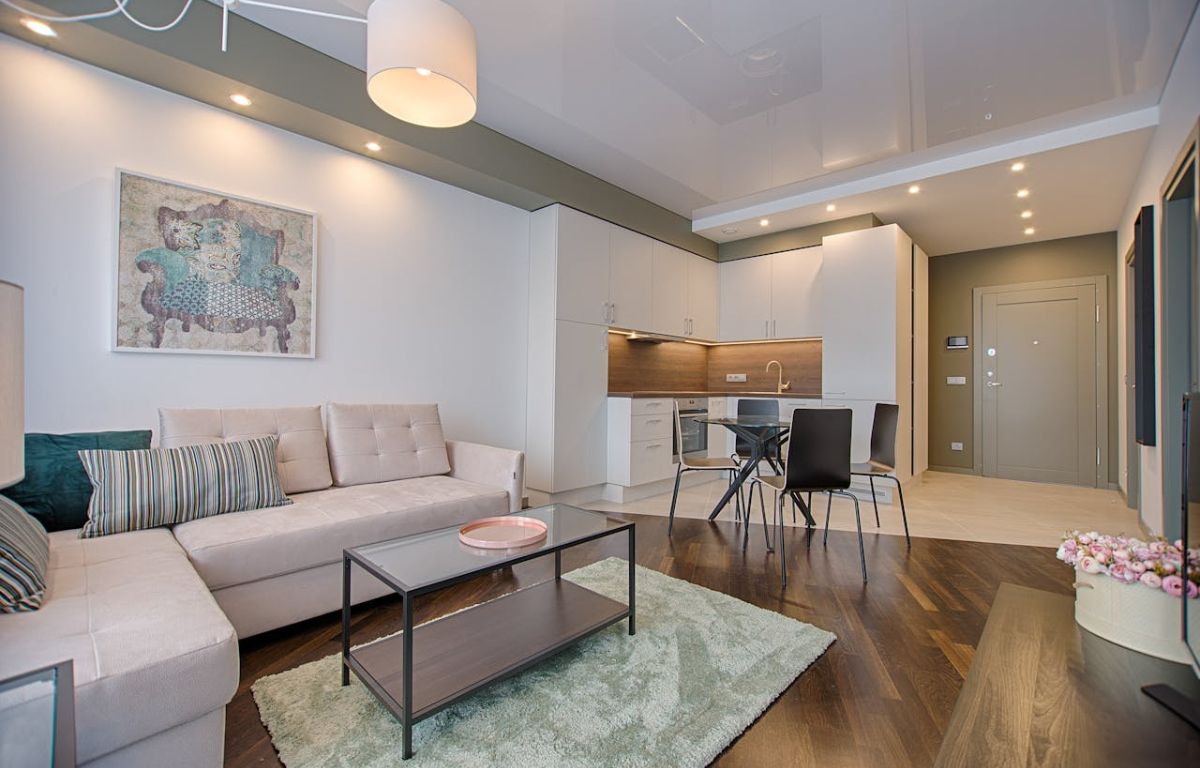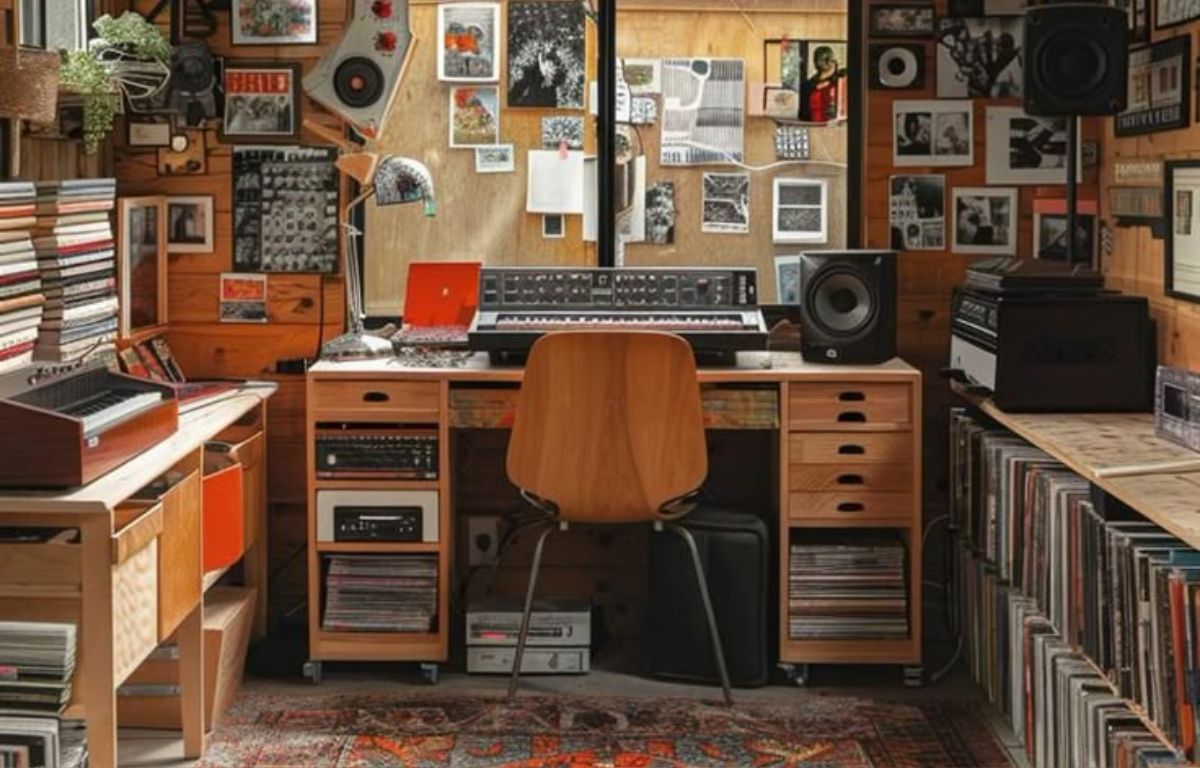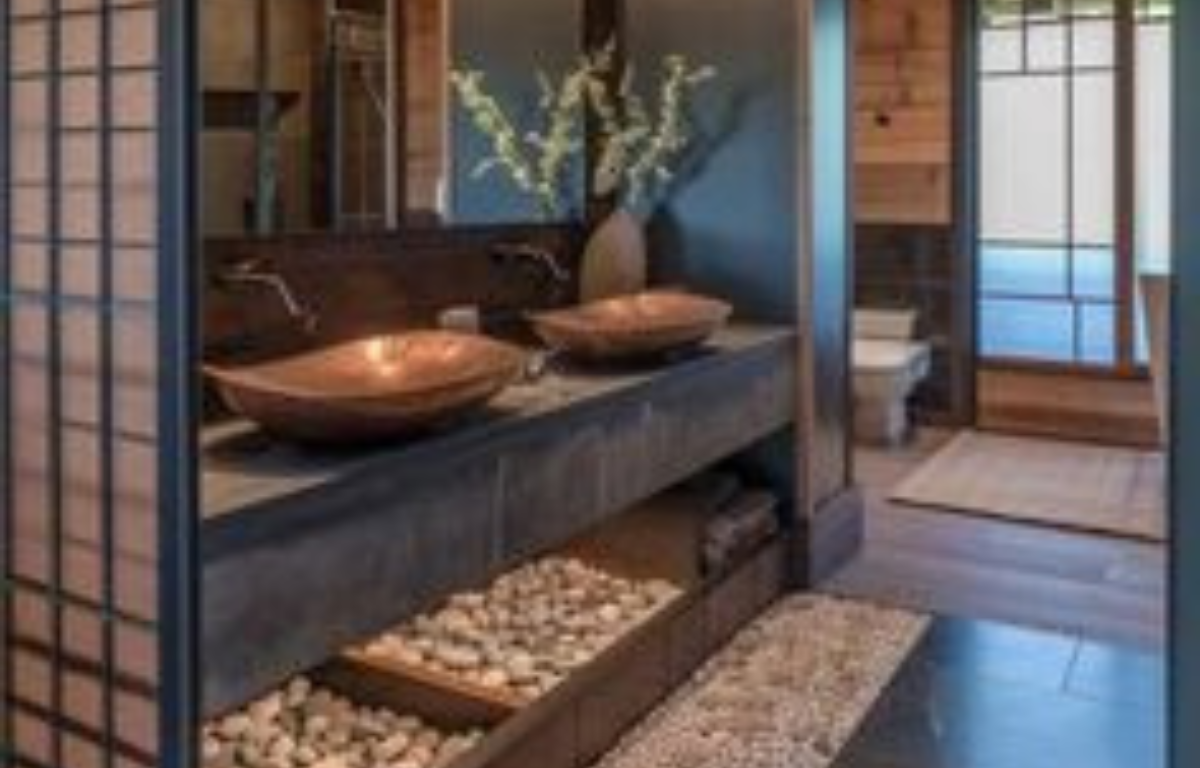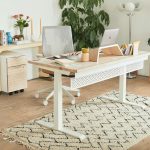In an increasingly remote work landscape, the home office has transformed from a mere convenience to a vital hub for productivity and focus. However, a truly effective home office is more than just a desk and a chair; it’s a carefully curated environment that fosters concentration, inspires creativity, and reflects your personal style. This guide will walk you through the essential steps to design a home office that is both highly productive and aesthetically pleasing, transforming your work-from-home experience.
1. Defining Your Needs: Functionality First
Before diving into aesthetics, the first crucial step is to define your specific needs and how you intend to use your home office. Consider the following:
- Primary Tasks: What kind of work will you be doing most often? Writing, video conferencing, graphic design, or a combination?
- Equipment Requirements: What essential equipment do you need? Computer, monitor(s), printer, scanner, microphone, etc.?
- Storage Needs: How much physical storage do you require for files, documents, and supplies?
- Meeting Space: Do you need a dedicated area for virtual meetings or occasional in-person client visits (if applicable)?
- Privacy Requirements: How much privacy do you need to minimize distractions from the rest of the household?
2. Selecting the Ideal Location: Finding Your Productive Zone
The location of your home office significantly impacts your focus and productivity. Consider spaces that offer:
- Dedicated Room: If possible, a spare bedroom or a separate room provides the best level of privacy and minimizes distractions.
- Quiet Corner: A less-trafficked corner of a larger room can work if a dedicated space isn’t available. Use room dividers or shelving to create a sense of separation.
- Natural Light: Proximity to a window is highly beneficial for mood and energy levels.
- Minimal Interruptions: Choose a location away from high-traffic areas like the kitchen or living room.
3. Investing in Ergonomic Essentials: Comfort and Well-being
Long hours spent working require a focus on ergonomics to prevent discomfort and promote well-being. Key ergonomic investments include:
- Adjustable Chair: A high-quality ergonomic chair with adjustable height, lumbar support, armrests, and seat depth is crucial for maintaining proper posture.
- Adjustable Desk: Consider a standing desk or a desk converter to allow you to switch between sitting and standing throughout the day, promoting better circulation and energy levels.
- Monitor Placement: Position your monitor at arm’s length, with the top of the screen at or slightly below eye level to prevent neck strain. Consider a monitor arm for optimal adjustability.
- Keyboard and Mouse: Use an ergonomic keyboard and mouse that support a neutral wrist position.
4. Optimizing Lighting: Illuminating Productivity
Proper lighting is essential for reducing eye strain and creating a productive atmosphere. Aim for a combination of:
- Natural Light: Maximize natural light by positioning your desk near a window. Avoid glare by using sheer curtains or blinds.
- Ambient Lighting: Overhead lighting or a floor lamp can provide general illumination for the room.
- Task Lighting: A dedicated desk lamp with adjustable brightness and a flexible arm is crucial for focused work. Position it to avoid casting shadows on your work surface.
5. Embracing Smart Storage Solutions: Taming the Clutter
A cluttered workspace can be a major source of distraction and stress. Invest in smart storage solutions to keep your home office organized:
- Filing Cabinets: For organizing physical documents and files.
- Shelving Units: For storing books, binders, and decorative items.
- Desk Organizers: Trays, drawers, and caddies to keep your desktop clear of loose papers and supplies.
- Wall-Mounted Storage: Utilize vertical space with shelves and organizers to keep items off your desk.
6. Personalizing Your Space: Injecting Style and Inspiration
While productivity is key, a stylish home office can boost your mood and creativity. Personalize your space with:
- Artwork: Choose pieces that inspire you or create a calming atmosphere.
- Plants: Indoor plants add a touch of nature, purify the air, and enhance well-being.
- Personal Mementos: Display photos, souvenirs, or other items that bring you joy.
- Color Palette: Select a color scheme that is both visually appealing and conducive to concentration (consider calming blues, greens, or neutral tones with pops of color).
7. Creating a Dedicated Backdrop: Professional Presence
If you frequently participate in video conferences, consider creating a clean and professional backdrop for your calls:
- Neutral Wall: A simple, uncluttered wall is ideal.
- Bookshelves: Neatly organized bookshelves can add a touch of professionalism and personality.
- Artwork: A tasteful piece of artwork can enhance your backdrop.
- Avoid Clutter: Ensure the area visible in your camera frame is tidy and free of distractions.
8. Managing Cables and Cords: A Tidy Workspace
Tangling cables and messy cords can detract from the aesthetics and create a tripping hazard. Implement cable management solutions:
- Cable Sleeves: To bundle and conceal multiple cords.
- Cable Clips: To secure cords along the back of your desk or walls.
- Power Strips with Cord Management: To organize multiple power connections.
- Wireless Peripherals: Consider wireless keyboards, mice, and headphones to reduce cable clutter.
9. Zoning Your Office: Defining Functional Areas
If your home office space is larger, consider zoning it into different functional areas:
- Primary Workstation: Your desk with your computer and essential work tools.
- Meeting Area: A comfortable chair or small seating arrangement for video calls.
- Reading Nook: A cozy armchair and lamp for reviewing documents or taking breaks.
- Storage Zone: Dedicated shelving or cabinets for supplies and files.
10. Incorporating Sound Management: Minimizing Distractions
Noise from within your home or the outside world can disrupt your concentration. Consider sound management strategies:
- Noise-Canceling Headphones: To block out distracting sounds during focused work.
- Soundproofing Materials: If necessary, consider acoustic panels or curtains to dampen sound.
- White Noise Machine: To mask distracting background noise.
11. The Power of Greenery: Biophilic Design
Bringing elements of nature into your workspace has been shown to improve mood, reduce stress, and enhance focus. Incorporate biophilic design principles:
- Indoor Plants: As mentioned earlier, a variety of plants can be beneficial.
- Natural Materials: Opt for desks and accessories made from wood, cork, or bamboo.
- Nature-Inspired Artwork: Choose artwork depicting natural landscapes or elements.
12. Maintaining Air Quality: A Healthy Environment
Ensure good air quality in your home office for optimal well-being and cognitive function:
- Open Windows: When possible, open windows to ventilate the space.
- Air Purifier: Consider using an air purifier to remove dust, allergens, and pollutants.
- Indoor Plants: Some plants are known for their air-purifying properties.
13. Establishing Clear Boundaries: The Cornerstone of Work-Life Balance
A dedicated home office space serves as a crucial physical boundary between your professional and personal life. To maintain a healthy work-life balance, it’s essential to establish clear start and end times for your workday and consciously endeavor to avoid working outside of those designated hours within your office sanctuary. This mental and physical separation helps prevent burnout and allows you to fully engage in your personal time.
14. Regular Tidying and Organization: Cultivating a Productive Mindset
Make it a consistent habit to tidy and organize your home office regularly. A clean and well-organized workspace directly contributes to a more focused, productive, and less stressful mindset. Taking a few minutes each day to declutter your desk, file papers, and arrange supplies can make a significant difference in your overall efficiency and sense of well-being.
15. The Importance of Breaks: Stepping Away to Recharge and Refocus
Even within a stylish and highly functional home office, it is paramount to schedule and take regular breaks throughout your workday. Stepping away from your desk to stretch, move around, engage in a different activity, or simply rest your eyes can help prevent fatigue, improve focus, and boost creativity in the long run. These brief respites are essential for maintaining sustained productivity and preventing mental exhaustion.
16. Optimizing Your Digital Workspace: A Clean Virtual Environment
Just as a physical clutter can hinder productivity, so too can a disorganized digital workspace. Take the time to optimize your virtual environment for efficiency:
- Organized Files and Folders: Implement a clear and logical system for organizing your digital files and folders, making it easy to locate what you need quickly.
- Clean Desktop: Minimize the number of icons and shortcuts on your desktop to reduce visual clutter and distractions.
- Efficient Email Management: Develop a system for processing and organizing your emails to avoid feeling overwhelmed.
- Utilize Productivity Apps: Explore and utilize productivity apps for task management, note-taking, and time tracking.
17. The Power of Scent: Aromatherapy for Focus and Mood
Consider incorporating subtle scents into your home office to enhance focus, boost your mood, or create a calming atmosphere. Experiment with:
- Essential Oil Diffusers: Use essential oils like peppermint or rosemary for focus, citrus for energy, or lavender for relaxation.
- Scented Candles (with caution): Opt for natural, subtly scented candles, ensuring they are placed safely away from flammable materials.
- Fresh Flowers: The natural fragrance of fresh flowers can uplift your spirits and add a touch of beauty to your workspace.
18. Incorporating Motivational Elements: Visual Inspiration
Surround yourself with visual cues that inspire and motivate you in your work:
- Vision Boards: Create a vision board with images and words that represent your goals and aspirations.
- Motivational Quotes: Display framed quotes that resonate with your work ethic and ambitions.
- Project Boards: Use a whiteboard or corkboard to track your progress and visualize your projects.
19. The Importance of Natural Sounds (or Strategic Silence): Auditory Comfort
Consider the soundscape of your home office and how it impacts your concentration. You might benefit from:
- Natural Sound Machines: Play recordings of nature sounds like rain, ocean waves, or forest ambiance to create a calming backdrop.
- Ambient Music: Instrumental music without lyrics can help to mask distractions and enhance focus for some individuals.
- Noise-Canceling Headphones: As mentioned before, these are invaluable for blocking out disruptive sounds when you need deep concentration.
- Strategic Silence: For tasks requiring intense focus, complete silence might be the most productive auditory environment.
20. Creating a “Transition Zone”: Separating Work and Home Mentally
Since your home office is within your personal living space, it’s helpful to establish a ritual or “transition zone” to mentally shift between work mode and home mode. This could involve:
- A Brief Walk: Taking a short walk before starting and after finishing your workday.
- Changing Clothes: Having dedicated “work clothes” can signal to your mind that it’s time to focus.
- A Short Meditation: Practicing a brief mindfulness exercise to center yourself before and after work.
- Closing the Office Door: Physically closing the door to your home office at the end of the workday can create a symbolic separation.
21. The Benefits of Personalization Through Hobbies: Infusing Joy
Incorporate subtle nods to your hobbies and interests within your home office to infuse joy and personality into the space:
- Displaying Collectibles: Showcase a small, curated collection of items related to your hobbies.
- Hobby-Related Artwork: Choose artwork that reflects your passions.
- Comfort Items: Keep a cozy throw blanket or a favorite mug nearby.
22. The Value of Collaboration Tools (Even for Solo Work): Staying Connected
Even if you primarily work independently, having access to and familiarity with collaboration tools can be beneficial:
- Cloud Storage: Utilize cloud storage services for easy access to your files from anywhere and for potential collaboration.
- Communication Platforms: Be familiar with platforms like Slack or Microsoft Teams for potential communication with clients or colleagues.
- Project Management Software: Even for personal projects, using project management software can enhance organization.
23. Considering the View: Visual Breaks and Inspiration
If your home office has a window, take advantage of the view. Even a simple glimpse of nature or the outside world can provide a valuable visual break:
- Position Your Desk Strategically: If possible, orient your desk to face a window (while minimizing glare).
- Mindful Gazing: Take short moments throughout the day to look away from your screen and focus on the view.
- Window Decor: Add a small bird feeder or wind chimes outside your window for added visual interest.
24. The Importance of Flexibility: Adapting to Your Needs
Recognize that your home office needs might evolve over time. Design your space with a degree of flexibility in mind:
- Modular Furniture: Opt for furniture that can be easily rearranged or repurposed.
- Adaptable Storage: Choose storage solutions that can accommodate different types of items.
- Multi-Purpose Space (If Necessary): If your office needs to serve other functions occasionally, plan for easy transitions.
25. Celebrating Your Accomplishments: Positive Reinforcement
Make your home office a space where you acknowledge and celebrate your achievements:
- Displaying Certificates or Awards: Showcase professional accomplishments that you are proud of.
- Tracking Progress Visually: Use a whiteboard or chart to track your goals and progress.
- Treating Yourself: Occasionally reward yourself with a small upgrade or addition to your office space when you reach milestones.
By thoughtfully implementing these strategies, you can transform your home office into a highly productive, stylish, and inspiring environment that supports your professional goals and enhances your overall well-being. Remember that the most effective home office is one that is tailored to your unique needs, preferences, and work style.
